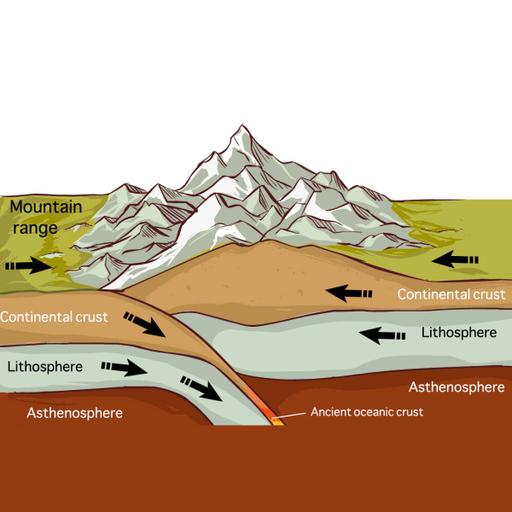Plate Tectonics
Presentations | English
Plate Tectonics is a scientific theory describing the large-scale motion of the plates making up Earth’s lithosphere since tectonic processes began on Earth between 3.3 and 3.5 billion years ago. The realization that Earth's land masses move in a constant motion was first proposed by Alfred Wegener. The model builds on the concept of continental drift, an idea developed during the first decades of the 20th century. Tectonic plates are composed of the oceanic lithosphere and the thicker continental lithosphere, each topped by its own kind of crust. Tectonic plates are able to move because Earth’s lithosphere has greater mechanical strength. The current motion of the tectonic plates is today determined by remote sensing satellite data sets, regulated with ground station measurements. The location where two plates meet is called a plate boundary which is commonly associated with geological events such as earthquakes and the creation of mountains, volcanoes, mid-ocean ridges, and oceanic trenches.

Free
PPTX (15 Slides)
Plate Tectonics
Presentations | English
